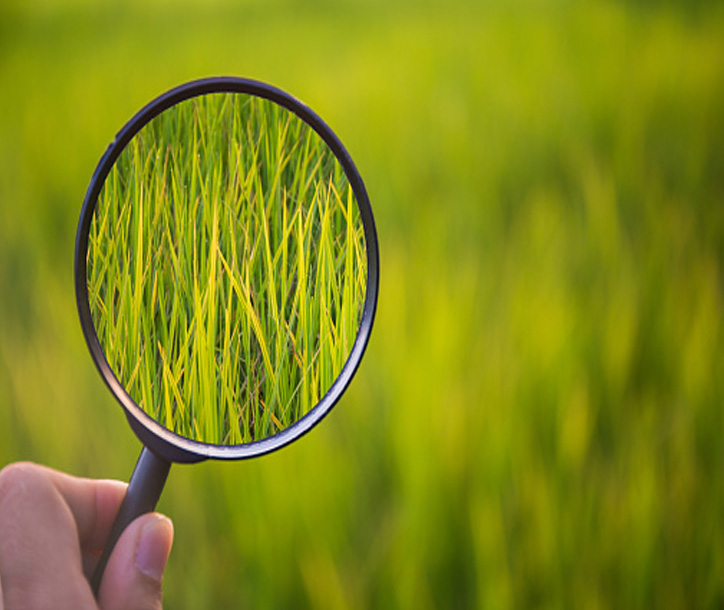
Lawn Turning Brown? You Could Have a Chinch Bug Problem
Everyone wants to enjoy a beautiful green lawn during the summer. Lawns can, unfortunately, be susceptible to insects year round. This is especially true when the weather starts to turn warmer and remain warm in the evenings, making the grass a very hospitable place for insects to live.
Although many people think of beetles as being summer’s biggest pest, they don’t mature until the middle of summer. For most of June and July, your lawn’s biggest bug problem will be an insect calle d the chinch bug.
d the chinch bug.
How Do I Recognize Chinch Bugs?
These insects are little, and nowhere near as showy as hard-to-miss Japanese beetles. Young chinch bugs are very small and red with a white band (though it’s pretty hard to see the markings when they’re young). Adult chinch bugs are gray-black, with white wings that fold into the middle of their body.
What Kind of Damage Can Chinch Bugs Cause?
These insects are born in the late spring, and they feed off of the sap in your grass. Although they’re small, when there are a lot of them, they can destroy the grass quickly. After feeding on your grass, they grow to adults, produce eggs around August, and the whole cycle starts again. They overwinter in a safe, warm place, and then mate and produce even more new bugs in the spring. Their eggs will also destroy your grass, so your lawn will to look yellow-brown.
The yellow-brown color is not the same as when your grass dries out. For one thing, it’s only a few blades at a time that are affected, with untouched green grass mixed in. Eventually, though, once the bugs have gone through several growth cycles, you’ll notice more and more of your lawn is affected.
A good way to see if your grass is affected by chinch bugs, as opposed to too much sun and heat, is to disturb the thatch on the ground (the layer between the grass and the soil) on a sunny day. Look for these grayish-black bugs trying to burrow back into the soil, trying to escape the sun. If you see them, it’s time to call a lawn care company.

